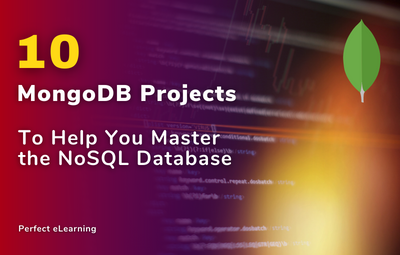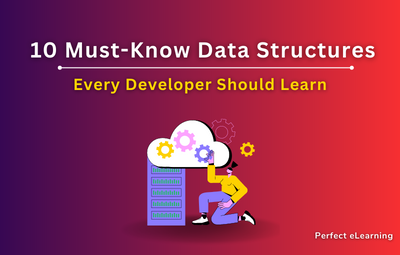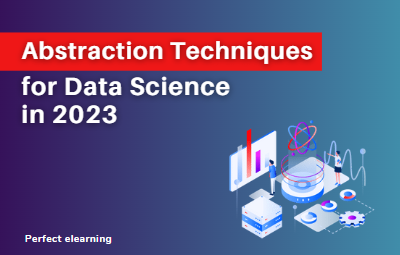

In today's digital age, data plays a crucial role in helping businesses make informed decisions. The vast amount of data generated every day can be overwhelming, but with the right tools and techniques, it can be harnessed to gain valuable insights and drive growth. That's where data analysis comes in.
Data analysis is the process of systematically examining and evaluating data to uncover patterns, relationships, and trends. In this article, we'll explore how you can use data analysis to measure and analyze results, including key performance indicators (KPIs), metrics, web analytics, conversion rate, bounce rate, traffic sources, engagement rate, goal tracking, and funnel analysis.
Key Performance Indicators (KPIs)
KPIs are specific, quantifiable measures that help you evaluate your performance against your goals. KPIs can be used to measure success in a wide range of areas, from sales and marketing to customer satisfaction and employee performance. Some common KPIs include website traffic, conversion rate, bounce rate, engagement rate, and revenue.
Metrics
Metrics are measures that help you quantify your performance and track progress over time. Metrics can be used to track a wide range of activities, from website traffic and engagement to sales and customer satisfaction. In addition to KPIs, metrics can include data such as the number of visitors to your site, the number of pageviews, and the average time spent on your site.
Web Analytics
Web analytics is the measurement, collection, analysis, and reporting of website data. This data can include website traffic, engagement, conversion rate, bounce rate, and more. By using web analytics tools, you can gain a deeper understanding of how visitors interact with your site and make informed decisions to improve your website's performance.
Conversion Rate
Conversion rate is a key metric that measures the percentage of visitors who take a desired action on your website. For example, if 100 visitors to your site make a purchase, and you have 1,000 visitors in total, your conversion rate would be 10%. A higher conversion rate indicates that more visitors are taking the desired action, such as making a purchase, filling out a form, or downloading a resource.
Bounce Rate
Bounce rate is a metric that measures the percentage of visitors who leave your website after only visiting one page. A high bounce rate can indicate that visitors are not finding the information they need or that your site is not engaging enough to keep them interested. Improving your bounce rate can help you drive more engagement and conversions.
Traffic Sources
Traffic sources refer to the places where visitors are coming from when they arrive at your website. This data can be used to understand where your audience is coming from, how they are finding you, and how you can drive more traffic from the most valuable sources. Common traffic sources include search engines, social media, referral sites, and direct traffic.
Engagement Rate
Engagement rate is a metric that measures the level of interaction and engagement between your audience and your content. This data can include metrics such as comments, likes, shares, and time spent on site. A high engagement rate indicates that your content is resonating with your audience and that you are building a strong relationship with them.
A high engagement rate indicates that your content is resonating with your audience and that you are building a strong relationship with them. By monitoring engagement rate, you can determine what types of content are most popular and what areas may need improvement.
Goal Tracking
Goal tracking is a process of setting specific, measurable goals for your website and tracking your progress towards achieving those goals. This data can include conversion rate, bounce rate, engagement rate, and other key metrics. By setting and tracking goals, you can determine what is working well and what areas need improvement, and make data-driven decisions to drive growth and improve performance.
Funnel Analysis
Funnel analysis is the process of analyzing the steps that visitors take on your website, from their initial visit to the final conversion. This data can help you understand where visitors are dropping off in the process and make changes to improve the overall conversion rate. Funnel analysis can also help you identify any pain points in the customer journey and make improvements to drive more conversions and improve the customer experience.
Conclusion:
Data analysis is a powerful tool that can help you measure and analyze results. By understanding key performance indicators (KPIs), metrics, web analytics, conversion rate, bounce rate, traffic sources, engagement rate, goal tracking, and funnel analysis, you can make informed decisions to improve your website's performance and drive growth. Remember to regularly monitor your data and make adjustments as needed to achieve your goals.
FAQs:
Q: What is the difference between KPIs and metrics?
A: KPIs are specific, quantifiable measures that help you evaluate your performance against your goals. Metrics are measures that help you quantify your performance and track progress over time.
Q: What is web analytics?
A: Web analytics is the measurement, collection, analysis, and reporting of website data.
Q: What is the conversion rate?
A: Conversion rate is a key metric that measures the percentage of visitors who take a desired action on your website.
Q: What is the bounce rate?
A: Bounce rate is a metric that measures the percentage of visitors who leave your website after only visiting one page.
Q: What are traffic sources?
A: Traffic sources refer to the places where visitors are coming from when they arrive at your website.
Q: What is engagement rate?
A: Engagement rate is a metric that measures the level of interaction and engagement between your audience and your content.
Perfect eLearning is a tech-enabled education platform that provides IT courses with 100% Internship and Placement support. Perfect eLearning provides both Online classes and Offline classes only in Faridabad.
It provides a wide range of courses in areas such as Artificial Intelligence, Cloud Computing, Data Science, Digital Marketing, Full Stack Web Development, Block Chain, Data Analytics, and Mobile Application Development. Perfect eLearning, with its cutting-edge technology and expert instructors from Adobe, Microsoft, PWC, Google, Amazon, Flipkart, Nestle and Info edge is the perfect place to start your IT education.
Perfect eLearning provides the training and support you need to succeed in today's fast-paced and constantly evolving tech industry, whether you're just starting out or looking to expand your skill set.
There's something here for everyone. Perfect eLearning provides the best online courses as well as complete internship and placement assistance.
Keep Learning, Keep Growing.
If you are confused and need Guidance over choosing the right programming language or right career in the tech industry, you can schedule a free counselling session with Perfect eLearning experts.


